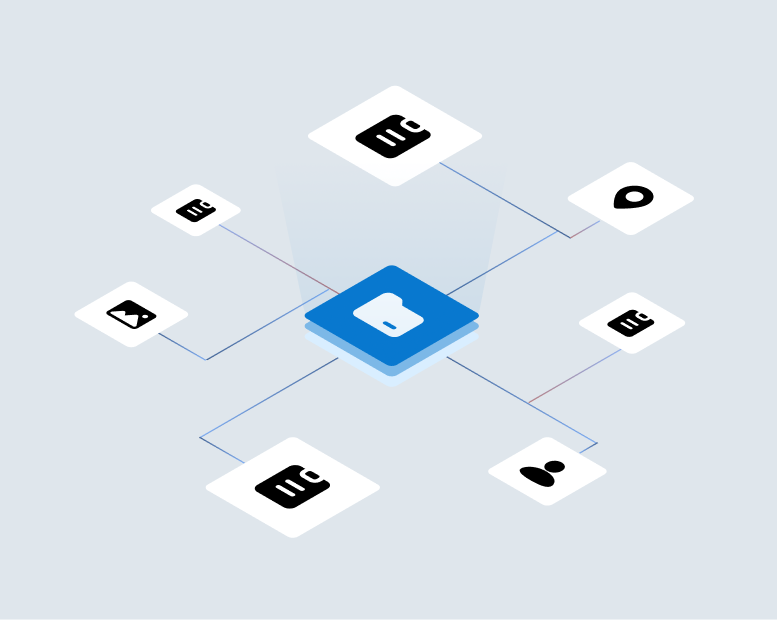It’s getting harder to tell where work ends and risk begins.
A recent article from PropertyCasualty360 outlines how the post-COVID work environment stands today. Nearly a quarter of all U.S. workers are now hybrid or fully remote — that’s 36 million people, a sixfold increase since 2020 — working from kitchen tables, couches, and spare bedrooms that were never designed to double as cubicles. With this shift in work locations, remote injury claims have surged from 24% to 54%.
That’s not a blip. That’s a risk migration.
The New Geography of Risk
Workers’ comp was built for environments employers could control — where hazards were visible, documented, and subject to OSHA inspection. But now? The “workplace” might be a ten-year-old couch with no lumbar support, a laptop balanced on a breakfast bar, and a Zoom marathon running till midnight.
And here’s the real kicker: employers are still liable for work-related injuries that happen in these home offices — even though they can’t inspect or regulate them. The result is an evidence gap: no documentation, no visibility, and no ability to defend or prevent claims effectively.
Sound familiar? It’s the same visibility problem that’s been bleeding insurers and risk managers dry for years — just wearing a different outfit.
White-Collar Injuries Are the Next Hidden Exposure
In finance and insurance alone, nearly 70% of the workforce is hybrid or remote. They spend more time at screens, on devices, in static postures. The data show a 32%–48% increase in repetitive-motion and strain-related injuries — especially among women, who account for nearly two-thirds of these claims.
It’s not as dramatic as a warehouse accident or a wildfire loss, but the slow-burn cost of these injuries adds up fast. Strain, stress, and anxiety are compounding risks that live in spreadsheets and Slack channels. They’re invisible – until they’re not.
We Don’t Need New Rules. We Need New Channels of Insight.
The issue isn’t just compliance – it’s comprehension. Traditional risk frameworks rely on inspection, not inference. They expect someone to see the hazard, tag it, and fix it. But when the workplace is virtual, those signals vanish.
That’s why the future of risk management must become behavioral, not just procedural. We need digital ways to detect, measure, and manage exposure where the data lives — in workflows, engagement patterns, device usage, even ergonomic self-assessments.
In other words: risk discovery must move at the same speed and in the same spaces as work itself.
Rethinking Risk Visibility
Employers and insurers who still think in terms of “on-site risk” are chasing ghosts. The exposure has already gone home.
The winners will be those who build new visibility — new channels of risk signal — before the claims pile up. That means:
- Documenting the invisible: capturing real-time ergonomics and behavioral data instead of relying on after-the-fact claim statements.
- Empowering employees: enabling self-guided workspace assessments and feedback loops that prevent issues before they become claims.
- Integrating analytics: connecting HR, health, and risk data streams to understand the full scope of workplace well-being — not just what’s on a claim form.
Because, like everything else in this market, the risk didn’t disappear.
It just changed its address.


